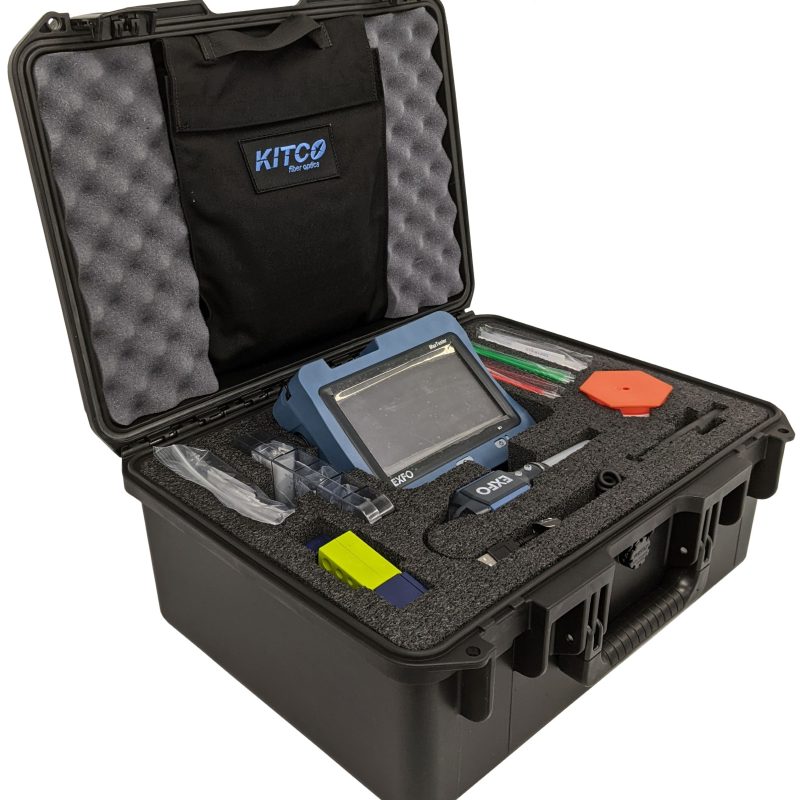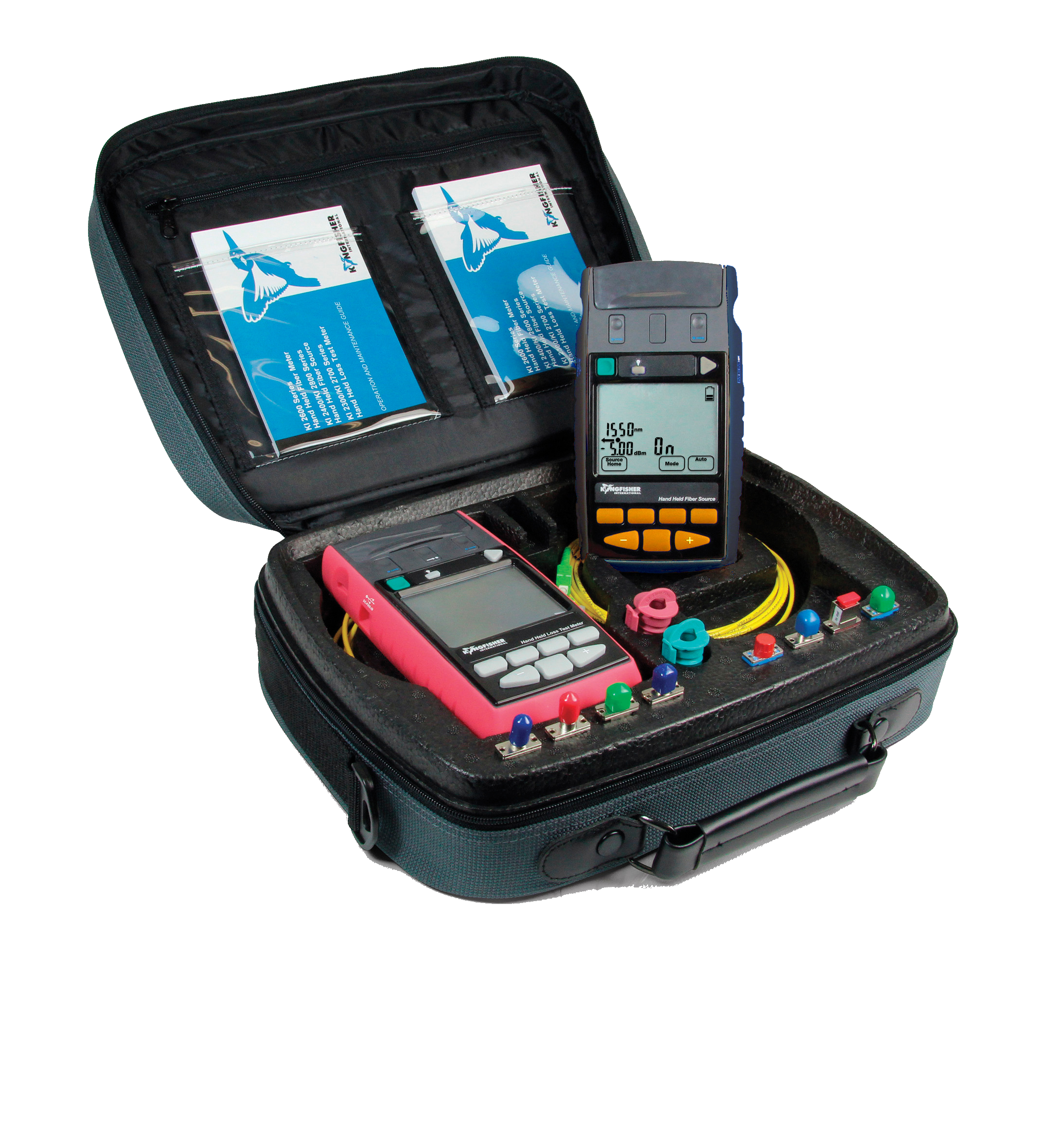Emerging innovations in robotic vision for smart manufacturing
All You Required to Know About Robotic Vision and Its Applications in Advanced Optical Measurement Systems
Robotic vision represents a considerable advancement in the intersection of computer system vision, fabricated knowledge, and equipment knowing. This innovation boosts the precision of optical measurement systems, enabling real-time information analysis and boosted quality control. Its effect spans multiple industries, from manufacturing to healthcare. The evolving landscape of robotic vision raises inquiries concerning future capabilities and applications. What advancements exist ahead in this transformative field?
Recognizing Robotic Vision: Trick Concepts and Technologies
Robotic vision incorporates the modern technologies and methods that make it possible for equipments to translate and comprehend visual info from their atmosphere. This field incorporates aspects of computer vision, expert system, and maker understanding to promote automated decision-making based upon aesthetic information. Secret principles include picture processing, which involves the improvement and evaluation of photos to extract purposeful features, and things recognition, which allows equipments to identify and categorize things within a scene.

The Integration of Robotic Vision With Optical Measurement Solutions
As markets increasingly require accuracy and effectiveness, the combination of robot vision with optical dimension systems has actually become a transformative technique. This synergy permits robots to perceive and interpret their environments, boosting the capacity of optical measurement systems to assess and evaluate items with unmatched precision. By gearing up optical sensors with advanced imaging innovations, robot vision enables real-time data collection and handling, assisting in instant adjustments to measurement criteria.
The mix equips automated systems to detect variants in measurements, surface high quality, and positioning, which are important in quality control processes. Boosted formulas, such as artificial intelligence, additional augment this integration by improving the systems' ability to adjust to various settings and scenarios. The combination not just simplifies measurement procedures however also decreases mistakes, making sure that items meet rigorous market standards, thereby solidifying the function of robot vision in the future of optical dimension systems.
Applications of Robotic Vision in Manufacturing
In modern production atmospheres, using vision systems has reinvented production processes by making it possible for machines to do tasks with amazing accuracy and rate. Robotic vision systems are progressively used for quality assurance, where they check items for problems and assurance adherence to specifications. These systems utilize video cameras and progressed formulas to assess products in real-time, considerably decreasing the danger of human error.
Additionally, robotic vision assists in automation in production line, enabling robotics to precisely identify parts and construct them with very little downtime. This innovation likewise improves supply management, as vision systems can keep an eye on supply degrees and find discrepancies, assuring a seamless supply chain.
Moreover, robot vision aids in the application of YOURURL.com smart factories, where data from vision systems can be incorporated with other modern technologies to maximize workflows. In general, the applications of robotic vision in manufacturing demonstrate its important duty in improving performance, quality, and productivity throughout various sectors
Robotic Vision in Healthcare: Revolutionizing Patient Treatment

In rehabilitation, robotic vision help in keeping an eye on client progress and tailoring treatment sessions to individual needs. It sustains physician by automating jobs such as information collection and individual surveillance, permitting even more time to concentrate on straight person communication. Furthermore, robotic vision improves telemedicine by making it possible for remote diagnosis and virtual consultations, bridging the space in between individuals and healthcare carriers. In general, the application of robot vision in healthcare is reinventing person treatment, bring about boosted results, efficiency, and client complete satisfaction.
Future Fads and Growths in Robotic Vision Technology
The quick development of robotic vision innovation guarantees to further improve its applications across different industries, including healthcare. Future fads indicate a considerable shift towards including expert system and device learning, allowing systems to pick up from vast datasets and enhance accuracy gradually. Enhanced sensor modern technologies and deep discovering algorithms are expected to refine object recognition abilities, enabling robots to analyze complex atmospheres more effectively.

The assimilation of augmented reality (AR) with robot vision will likely transform just how robots assist in surgical treatments and diagnostics. This synergy will help with real-time data visualization, enhancing decision-making processes. In addition, miniaturization of components will cause even more compact and functional robot vision systems suitable for a variety of tasks. As these developments unfold, sectors will certainly witness increased automation and efficiency, strengthening robot vision as a cornerstone of ingenious technological remedies.
Often Asked Concerns
What Are the Key Elements of a Robotic Vision System?
The primary components of a robot vision system include electronic cameras for image capture, cpus for data analysis, formulas for analysis, and actuators for motion. With each other, these elements allow robotics to regard look at this web-site and interact with their atmosphere efficiently.
Exactly How Does Robotic Vision Improve Accuracy in Measurements?
Robotic vision improves measurement precision by utilizing sophisticated imaging technologies, allowing precise object discovery and spatial analysis. This capability lowers human error, raises repeatability, and permits real-time adjustments, inevitably boosting total dimension reliability and efficiency.
What Industries Benefit Most From Robotic Vision Innovation?
Numerous sectors profit considerably from robot vision technology, including production, health care, farming, and logistics. These markets make use of improved accuracy, efficiency, and automation, causing improved performance and lowered functional expenses in their corresponding processes.
Can Robotic Vision Equipments Operate In Low-Light Issues?
Robotic vision systems can certainly work in low-light conditions, making use of sophisticated sensing units and algorithms to enhance image clarity. This capacity enables them to carry out effectively in numerous settings, including commercial and surveillance applications, even with marginal illumination.
What Are the Expenses Connected With Carrying Out Robotic Vision?
The costs related to carrying out robot vision differ considerably, influenced by elements such as cams, software program, and integration. Additional costs include upkeep, training personnel, and possible upgrades to existing systems, which can gather gradually.